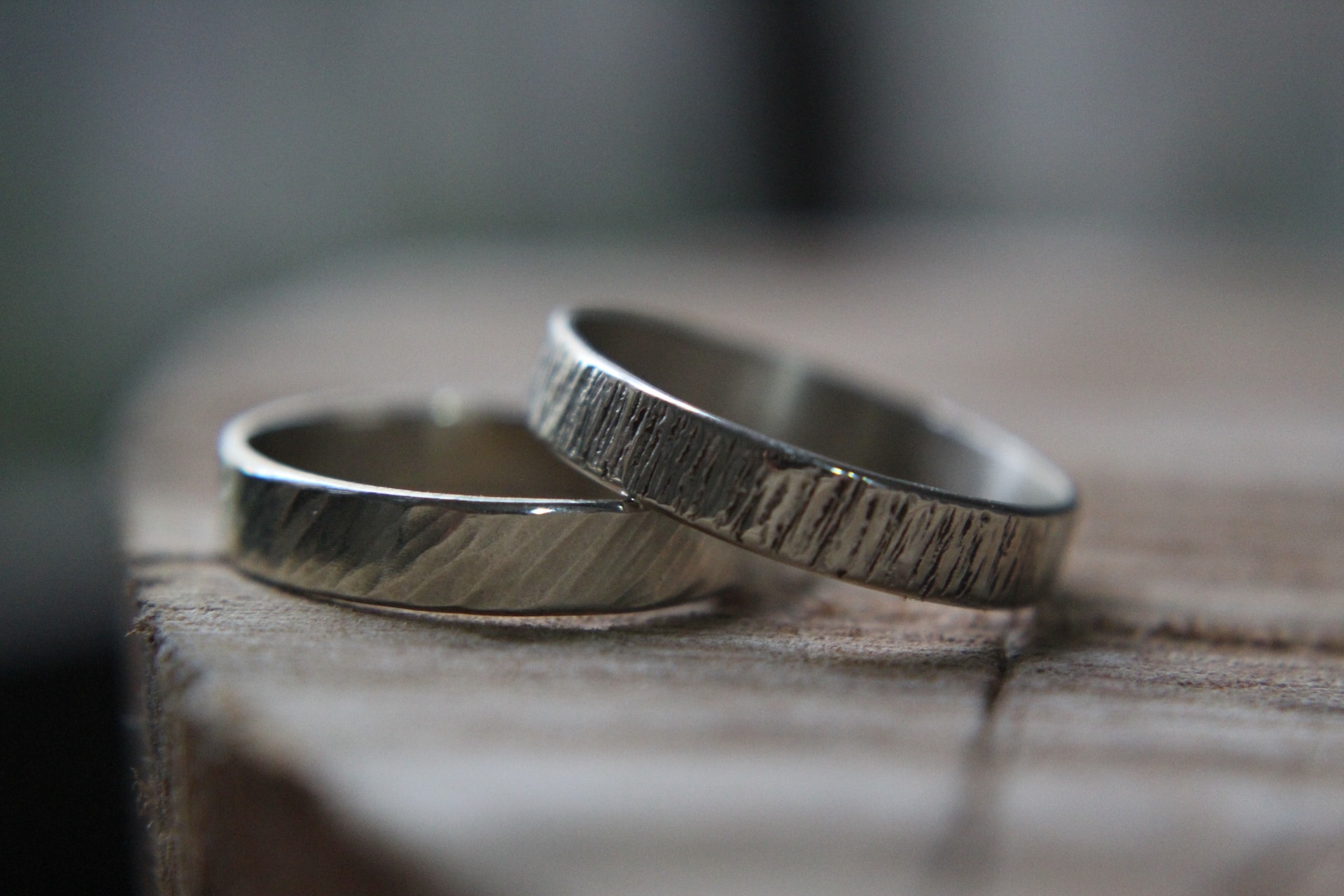
Table of Contents
White gold and silver are two popular precious metals used in jewelry. They share a similar color, which can sometimes make it difficult to distinguish between the two. However, apart from this factor, these two metals are very different from each other.
Before you choose which metal to go with, be it for regular jewelry or for more valuable items such as an engagement ring, it is important to know what distinguishes white gold from silver and which is better for your purposes.
1. White Gold vs. Silver – Composition
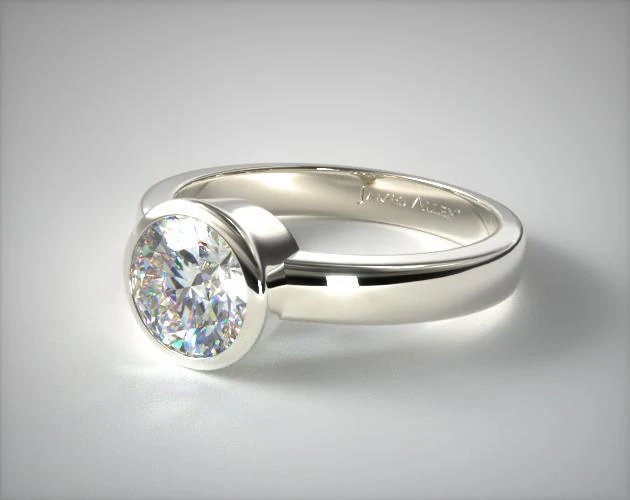
Both gold and silver are pure metals found in the earth’s crust. As they are quite soft metals, they are made into alloys to alter appearance and strength as required to make jewelry.
You will not find white gold ingots in nature because white gold is an alloy. This means that it is a combination of pure yellow gold and other metals, commonly manganese, palladium, or nickel. White gold is not very lustrous on its own and is usually coated with rhodium to add brightness and luster.
There are various types of white gold, depending on the metals that the gold is mixed with. The best variety of white gold is composed of gold, silver and copper and is hypoallergenic, malleable and durable. White gold with nickel is the strongest and most durable variety but on the flip side, it can cause allergies to those with nickel sensitivities. To avoid this, make sure to check what metals your white gold alloy is composed of before you buy. In general, all types of white gold contain a minimum of 50 percent of gold.
White gold does not have a particular hallmark to identify it and is generally stamped with the same hallmarks used for gold (.417 for 10K gold, .587 for 14K gold and .750 for 18K gold).
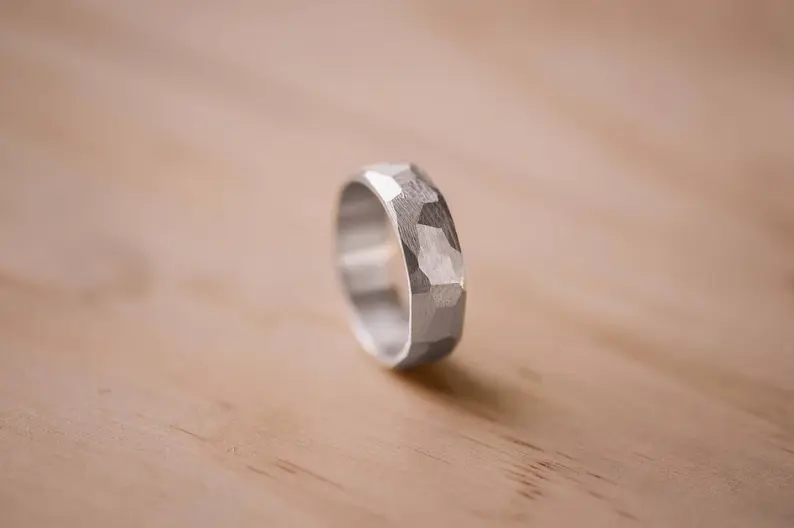
Pure silver is not considered suitable for jewelry because it is quite soft and easily loses shape and damages. Fine silver, or 99.9% pure silver, is used in jewelry making but is very soft and not ideal for items such as rings.
Silver is often combined with other metals, such as copper, nickel or zinc, to create a more durable alloy. If the alloy has a silver purity of 92.5%, it is called sterling silver. Sterling silver is the most commonly used variety of silver in jewelry.
Genuine sterling silver should have a hallmark that identifies it as such, so look for the number .925 stamped on the silver or the words STER, STERLING, STG or Sterling Silver. But there are also other types of silver used in jewelry, with Argentium silver being one of the best.
2. White Gold vs. Silver – Value
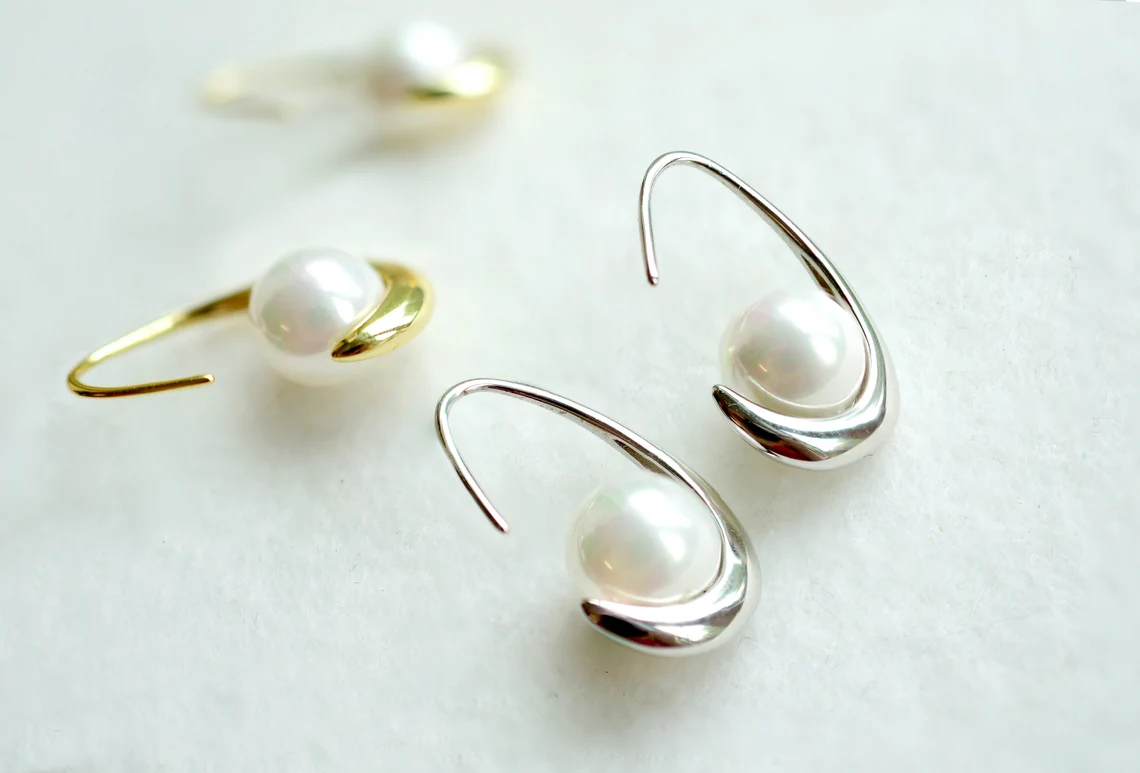
Both silver and white gold are precious metals and as such are more valuable than many other metals used for jewelry. However, silver is the most affordable of the precious metals used for jewelry. Because of its lower price, silver jewelry is ideal for costume jewelry or everyday pieces.
White gold, on the other hand, is more valuable than silver, but sometimes is more affordable than platinum.
The value of white gold varies depending on the amount of pure gold in the alloy. The higher the percentage of pure gold, the more valuable the piece. If you are thinking of your jewelry as an investment piece, white gold is viewed in the same light as actual gold when it comes to liquidity.
Compare these two beautiful rings, each featuring London Blue topaz. The sterling silver ring is much more affordable than the white gold ring even though they look very similar.
3. White Gold vs. Silver – Durability
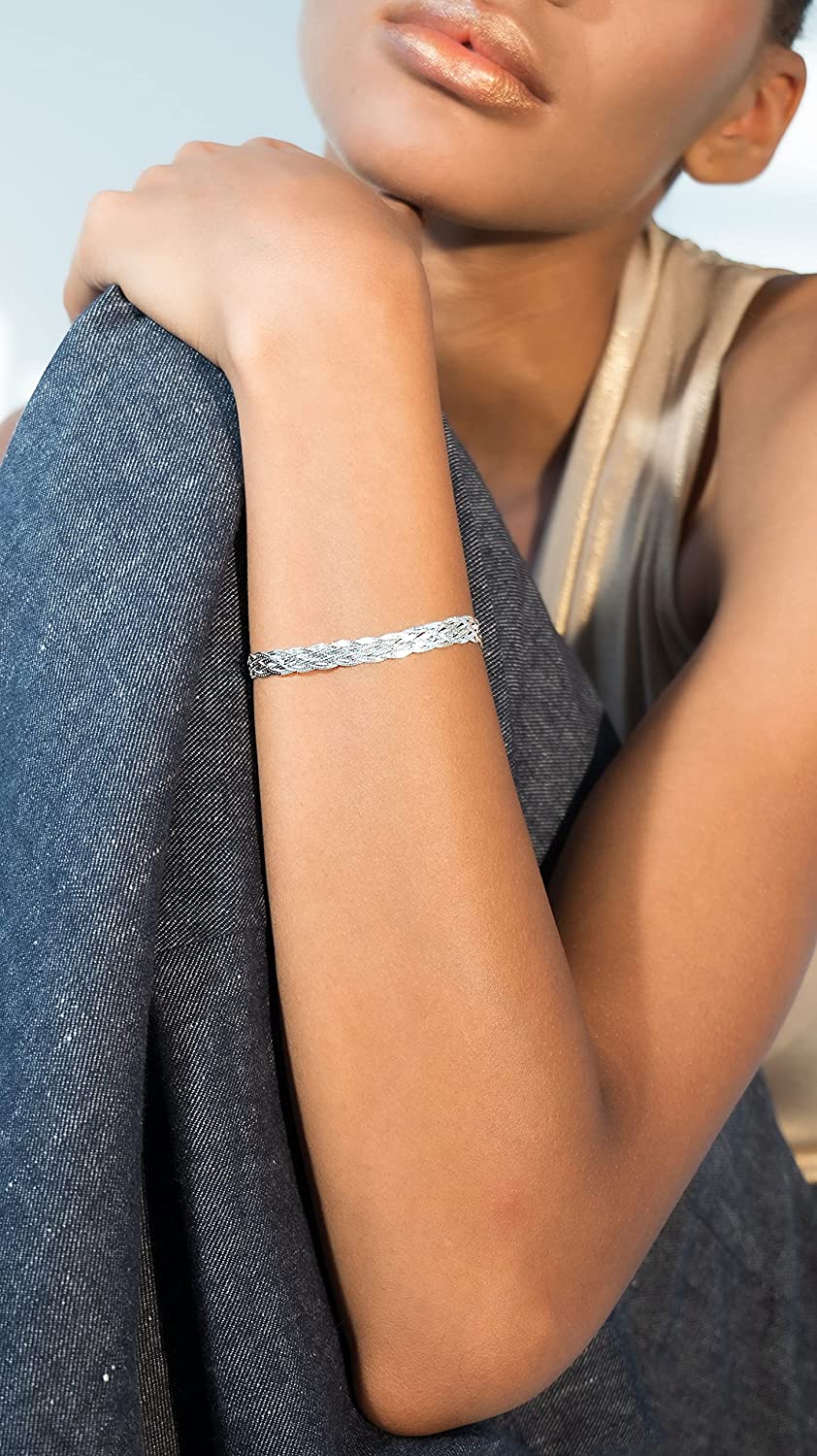
Pure silver and pure gold are soft metals that are not recommended for use in jewelry. As mentioned above, by mixing these metals, stronger, more durable metals are created which can be used in jewelry.
Silver jewelry easily tarnishes and scratches, and the items can lose shape and bend. Sterling silver, which is silver mixed with another metal, is much more durable and hard. It does not scratch or damage easily. With reasonable care, silver jewelry can last a lifetime, and restoring a tarnished piece to its original brilliance is not difficult to do.
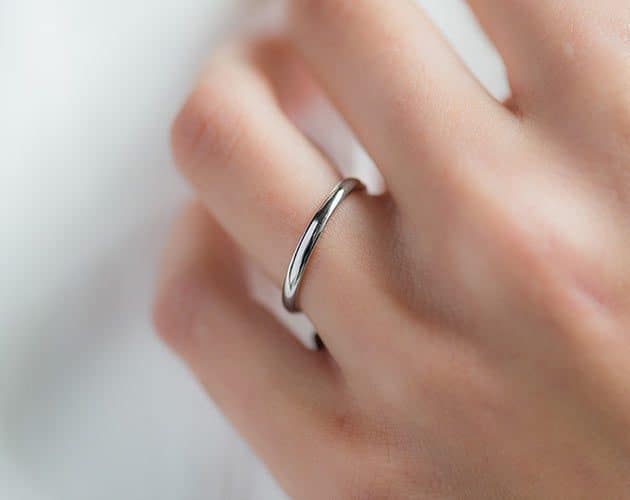
White gold is harder than purer forms of gold, and is tougher and more scratch resistant. Generally, the lower the gold karatage in the white gold alloy, the more durable the metal. This is because gold is a soft metal and is made harder by the other metals mixed in it.
18K, 14K, and 10K white gold are resilient and strong, and suitable for everyday wear. However, the rhodium plating on the white gold wears out over time, resulting in the metal bleeding through. The plating is also susceptible to scratches and will require periodic replating.
4. White Gold vs. Silver – Engagement Rings
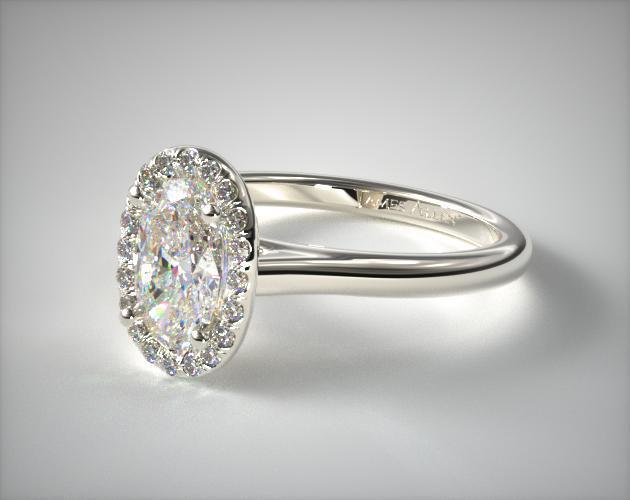
Today there are many contemporary metals available for engagement rings, but gold and silver continue to be among the most popular. While yellow gold was possibly the most popular metal used for bridal rings since ancient times, silver provided a beautiful and trendy alternative.
At this time, white gold is more popular than silver and is the first choice for many people who want a white metal. Because silver requires more maintenance, people tend to choose white gold for their engagement rings.
5. White Gold vs. Silver – Maintenance and Care
Silver, similar to copper and its alloys bronze and brass, easily tarnishes when exposed to air and moisture. Over time, if it isn’t maintained, silver develops a dark patina. While some love the look of the patina on silver, admiring the depth and character that it gives to the piece, others prefer a shiny, lustrous item.
There are many ways to clean silver tarnish easily at home or using a commercial jewelry cleaner to restore its shine. Silver should be kept away from chemicals and should be wiped and cleaned to prevent dirt and grime build up.
White gold is much easier to maintain than silver as it does not tarnish or oxidize. It requires minimal cleaning every now and then to maintain its luster. However, over time the rhodium plating on the white gold can wear thin and the yellowish metal beneath will show through. Consequently, you will have to have the piece re-plated with rhodium every so often by a professional jeweler.
6. White Gold vs. Silver – Which Should I Choose?

As we have seen, both silver and white gold have their distinct pros and cons and are quite different from each other. Silver has the benefit of being very affordable and hypoallergenic, but on the flip side, it requires more maintenance than white gold. White gold is more durable and easy to maintain but is also more expensive and in some cases can cause metal allergies.
Consider your reasons for buying before you decide which metal to go with. Are you looking for an investment piece? Is it something that you plan to wear every day? Does the piece of jewelry have emotional or sentimental value? Does it need to be a large, statement piece?
Considering these and other similar questions will ensure that you know what exactly you require and enable you to compare the two metals to select the best one for you.
Where to Buy
For high quality white gold jewelry, specializing in engagement rings, check out James Allen, who offers excellent prices and high quality images and videos of the jewelry.
If you’re looking for high quality and reasonably priced white gold and sterling silver jewelry, check out the Blue Nile collection.
You can also find excellent sterling silver and white gold jewelry on Amazon and Etsy but ensure that you do your due diligence and check for the authenticity of the pieces.
Wrapping Up
While white gold and sterling silver might look alike, they’re different in every other way. For long-term, investment pieces, choose white gold, as it holds its value, is more durable, prestigious, and easier to maintain. Sterling silver is perfect for costume jewelry and occasional items, and with reasonable maintenance, can also last decades.









